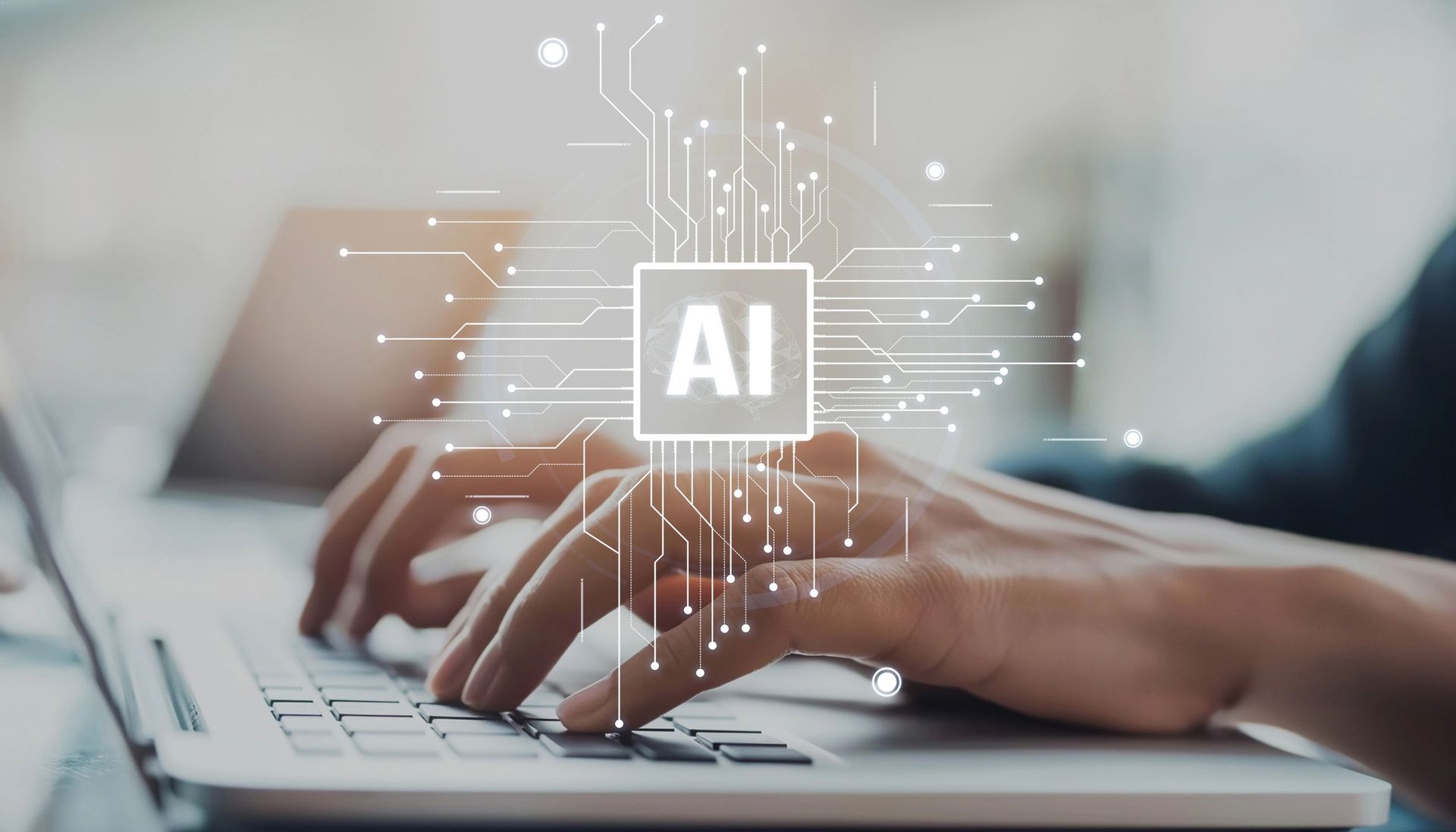AI and Machine Learning in Regulatory Compliance: A Game Changer for Life Sciences
Regulatory compliance is a cornerstone of life science industries, as they’re designed to ensure all treatments that reach end users are safe, effective, and consistent.
However, the sheer volume and complexity of regulations can create bottlenecks in crucial processes like documentation, auditing, and risk management. That’s where artificial intelligence (AI) and machine learning (ML) come into play.
AI-driven tools are positioned to transform how life science organizations manage regulatory compliance processes by improving efficiency and accuracy.
When implemented correctly, AI tools can significantly streamline how organizations stay compliant. We’ll be breaking down how this technology is poised to change compliance processes across life sciences — and how you can prepare for the future.

How AI Enhances Documentation Processes
Documentation is arguably one of the most labor-intensive aspects of regulatory compliance in life sciences. The industry is inundated with a large amount of information that needs to adhere to strict guidelines, ranging from clinical trial data to manufacturing records.
AI and Machine Learning (ML) streamline this process by automating document categorization and review. Natural language processing (NLP) algorithms, a subcategory of AI, can identify inconsistencies, extract relevant data, and ensure alignment with regulatory standards.
For example, AI tools can analyze submission documents for FDA approval by flagging any potential issues a document might have before submission.
Additionally, cloud-based AI platforms ensure that all stakeholders, from researchers to compliance officers, are always on the same page, reducing the risk of errors caused by miscommunication or outdated information.
AI in Auditing and Risk Management
Auditing and risk management are two critical processes that make sure your organization and products are fully compliant. In the past, these tasks required manual reviews of extensive datasets, which left room for human error and was time-intensive.
Now, AI can revolutionize these crucial prospects by enabling continuous, real-time monitoring. A machine learning algorithm can detect anomalies and flag any possible issues before development continues. For example, an AI-driven platform can identify any manufacturing processes that deviate from Good Manufacturing Practices (GMP) prior to being discovered during an internal or external audit.
Risk prediction is another key advantage that’s become more viable with emerging AI models. These tools work by analyzing historical data and trends and then enabling proactive strategies rather than relying on reactive measures. This capability can go far in avoiding possible safety issues.
Key Challenges and Ethical Considerations
While AI has promising use cases across life sciences, it’s not without its hurdles that need to be overcome. A few of these hurdles include:
- Lack of standardization: Currently, there is no universal framework for using AI ethically in life sciences. This lack of standards creates possible ethical challenges and also makes integrating AI tools challenging.
- Possibility of bias: Valuable AI outputs depend on quality training data, but training data may include historical biases that affect the model’s output. Thorough data sanitization and transparency are essential for building trust in AI-driven processes.
- Data security: If improperly implemented and secured, sensitive information used in training data or daily usage of the model may enable a data breach. This risk is much greater for any models that are also public-facing.
Prepare Today to Benefit from the AI Tools of Tomorrow
AI tools can already be a benefit to your organization’s compliance processes, but we expect future tools to have dramatic improvements that will help you stay compliant and avoid bottlenecks.
Preparing for these tools requires learning the ins and outs of how AI is already used throughout the pharmaceutical industry.
CfPIE offers the gold-standard of life science courses that help new or established professionals stay current with the necessary knowledge. We also offer industry-leading training on using AI in drug discovery and development.
Is now the time to prepare with the right training programs?
Learn more about our up-to-date generative AI course and start getting ready for the future of compliance.
Blog Categories
Stay Informed


